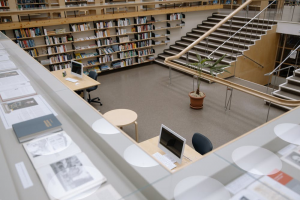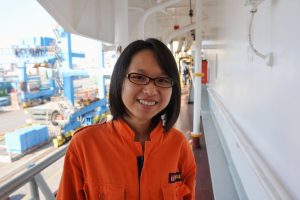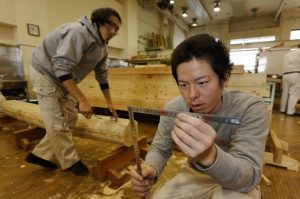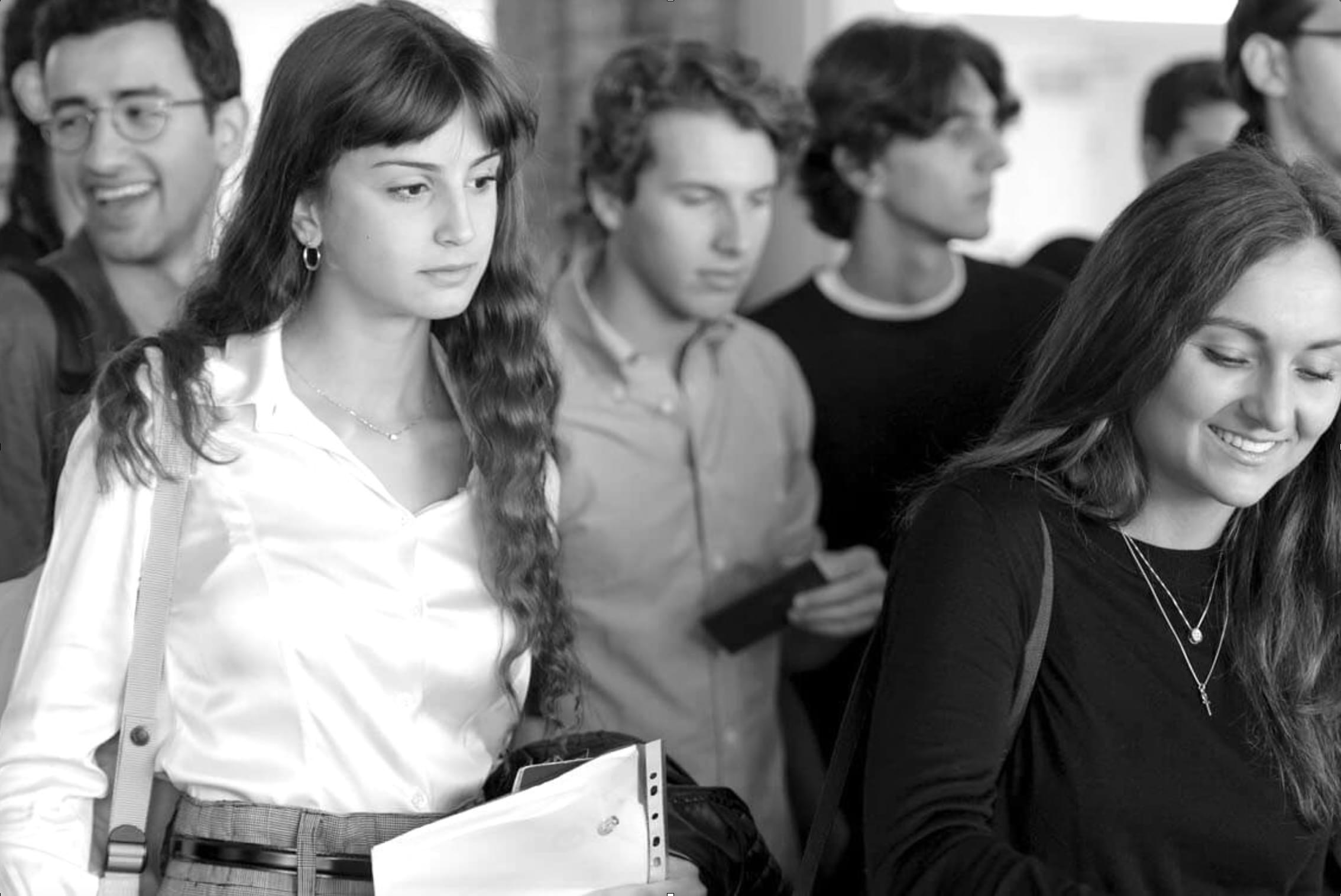Journeys of growth – The career progression of Cook Islands women in Aotearoa, New Zealand: Utilising the Tivaevae research methodology (Oceania)
English
Other sources
Experts from many international, regional and national agencies generously share their views, experiences and findings on skills, helping policy-makers among other stakeholders to understand the linkages between education, training and the world of work, and how to integrate skills into national development planning to promote employment and economic growth.

Career guidance and employment services

Career guidance and counselling, career education and lifelong development of skills for employability are key for success in learning activities, effective career transitions, livelihood planning, entrepreneurship and in increasing labour market participation. They are instrumental in promoting skills utilization, recognition (RPL), as well as in improving enterprise human resource management.
Career development activities encompass a wide variety of support activities including career information and advice, counselling, work exposure (e.g. job shadowing, work experience periods), assessment, coaching, mentoring, professional networking, advocacy, basic and employability skills training (curricular and non-curricular) and entrepreneurship training. It is often an area which is fragmented across different ministries (e.g. education, TVET, employment, youth) requiring an effort to achieve the necessary coordination to provide adequate support to individuals during learning, employment and unemployment/inactivity periods.
Gender equality

Women represent both half of the world's population – and half the world's economic potential. Their participation in the labour market reduces poverty because they often invest 90 per cent of their income in the well-being, education and nutrition of their families. Yet labour force participation by women has stagnated at about 55 per cent globally since 2010. Moreover, women are disproportionately represented in precarious work – low-paid, low-skilled and insecure jobs.
Training plays an important role in the pursuit of equality of opportunity and treatment for women and men in the world of work. Yet women often lack access to technical and vocational education and training. Many also lack the basic functional skills, such as literacy and numeracy, to participate meaningfully in the work force. Overcoming this challenge requires the adoption of a life-cycle approach. This includes improving girls’ access to basic education; overcoming logistic, economic and cultural barriers to apprenticeships and to secondary and vocational training for young women; and meeting the training needs of women re-entering the labour market and of older women who have not had equal access to opportunities for lifelong learning.
Lifelong learning

There is a critical need for a greater overall investment in education and training, particularly in developing countries. Education and training investments should be closely linked to economic and employment growth strategies and programmes. Responsibility should be shared between the government (primary responsibility), enterprises, the social partners, and the individual. To make lifelong learning for all a reality, countries will need to make major reforms of their vocational and education and training systems. School-to-work schemes for young people should integrate education with workplace learning. Training systems need to become more flexible and responsive to rapidly changing skill requirements. Reforms should also focus on how learning can be facilitated, not just on training for specific occupational categories.
Existing Pacific Islands research in New Zealand has small numbers of Cook Islands descent participants and generally present the views of the majority Pacific ethnicity represented in the study. This overshadows insights from smaller ethnic nations – Cook Islands women are a minority group amongst minority communities.
This study addresses this phenomenon by placing the voices of Cook Islands women front and centre. Using the Cook Islands research methodology, Tivaevae, this study investigates the strategies Cook Islands women used to successfully progress their careers in Aotearoa, New Zealand.
Tivaevae is a bedspread-sized cloth or quilt traditionally handmade by Cook Islands women, and generally depicts stories of natural fauna and flora found in the Cook Islands. As a research methodology, the Tivaevae ensures each stage of the research process maintains the values of Pacific cultures and presents Pacific views appropriately. The process of making the tivaevae can be replicated into four broad stages of the research design of a Cook Islands study (Futter-Puati & Maua Hodges, 2018):
- ‘Akapapa: which means planning the patterns, stiches, fabric, colours and timing for the tivaevae. Or in other words planned research activities.
- ‘Akauru: having speciality knowledge and skills to collaborate with others, or data collection
- Paokti: to cut patterns, analyse and interpret designs for the tivaevae, or to analyse data,
- O’ora: presenting the cloth or quilt for all to see or presenting findings and the final research report
Time: 12.00 - 1 p.m. NZDT
Information on and registration for event can be found on CDANZ website: https://cdanz.org.nz/
Career guidance
Europe and Central Asia
